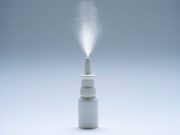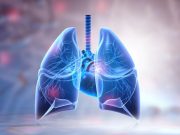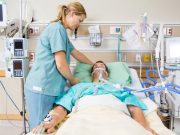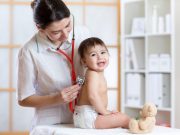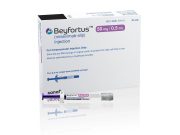At-Home, Inhaled Flu Vaccine Could Be on Horizon
Research has shown that people older than 18 can use the nasal spray vaccine when given instructions without any additional guidance
American College of Chest Physicians, Oct. 8-11
Plasma From Convalescent Donors Beneficial for COVID-19-Induced ARDS
Plasma with neutralizing antibody titer of at least 1:160 reduces mortality at 28 days versus standard care
Inhaled Amikacin Reduces Ventilatory-Associated Pneumonia
Infection-related ventilator-associated complications may occur in fewer patients receiving amikacin
Transient Decrease in Pediatric Bronchiolitis Hospitalizations Seen During Pandemic
Hospitalizations decreased during 2020 to 2021 season, then increased in 2022 to 2023 season for pediatric patients
In Utero Corticosteroid Exposure Not Detrimental to Offspring Neurodevelopment
However, for β2-adrenergic agonists, association seen between mid-to-late pregnancy exposure and delayed personal-social skills
Affording Health Care Now a Struggle for Half of Americans: Poll
More than half delayed or skipped care because of concerns about costs
Health Care Workers Reported More Days of Poor Mental Health in 2022
2018 to 2022 saw increase in days of poor mental health and in percentage reporting feeling burnout very often
Unique Workplace Concerns Tied to Health Worker Depression, Anxiety During Pandemic
Associations seen for working on the hospital unit, mood disturbances, and sleep disturbances with depression, anxiety
Shortage of RSV Vaccines for Infants Prompts CDC Alert
Agency says Beyfortus should be reserved for infants with underlying health conditions and those who are younger than 6 months old







